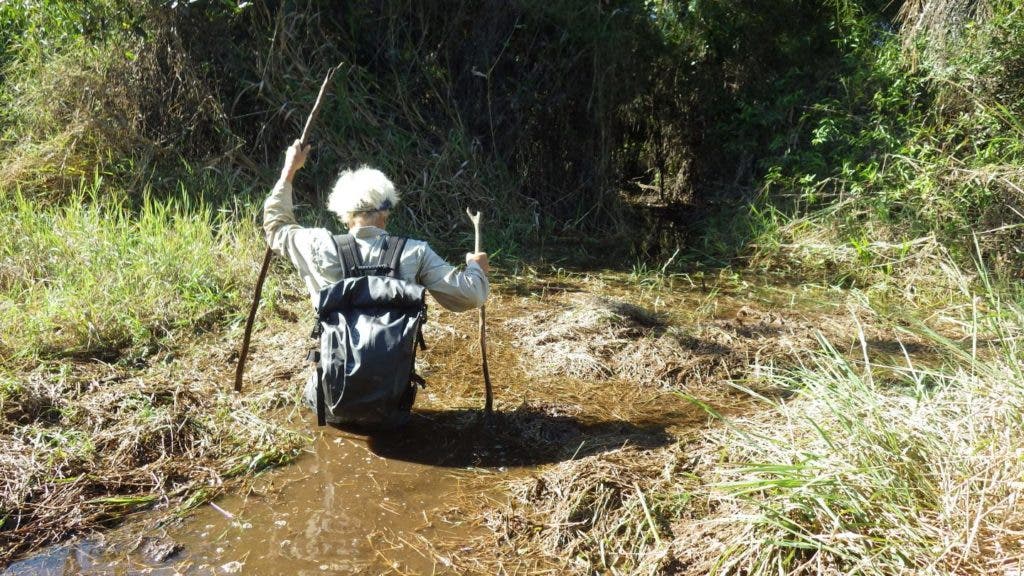
There’s this romanticized notion that the Amazon was pristine before Westerners arrived in South America — but that’s not entirely true. According to the most extensive study of its kind, early farmers living in the Amazon basin had been introducing new crops to the area and using fire to improve the nutrients in the soil as early as 4,500 years ago. It’s also true, however, that these early farmers used far more sustainable farming practices than those currently used in the area.
The interdisciplinary study involved scientists specializing in a wide range of fields, including archaeology, paleoecology, botany, and ecology. The team led by Dr. Yoshi Maezumi, a researcher at the University of Exeter, studied human land use and fire management in eastern Brazil, where they found evidence of ancient farming of crops such as maize, sweet potato, manioc, and squash.
By examining charcoal, pollen, and plants dug up from the soil at archaeological sites, as well as sediments from a nearby lake, the team also learned that ancient Amazon farmers had extensively deployed controlled fires in order to increase the nutrient content of the soil. They also added manure and food waste to further improve the soil.
These practices helped Amazon farmers develop a kind of nutrient-rich soil called Amazonian Dark Earths (ADEs). After many iterations involving continuous enrichment and reuse of the soil, ADEs allowed the farmers to grow maize and other crops — which are usually grown near nutrient-rich lakes and river shores — in areas that generally had poor soil. This explains why forests around archaeological sites in the Amazon have a higher concentration of edible plants even to this day.

Ultimately, the agricultural innovations allowed these communities to grow more food, enabling a growing Amazon populace.
These findings contradict the notion of an “untouched” rainforest, indicating instead that ancient communities were making a lasting impact on the Amazon thousands of years ago.
“Ancient communities likely did clear some understory trees and weeds for farming, but they maintained a closed canopy forest, enriched in edible plants which could bring them food,” Dr. Maezumi said in a statement.
That’s not to say, however, that the impact was extreme. Rather than expanding the amount of farmland by clearing the rainforest, early Amazon farmers continuously reused the soil.
Today, the sound of chainsaws fills the air in many parts of the Amazon rainforest to make way for modern agricultural plantations. This kind of deforestation can only make matters worse in a region characterized by intensifying droughts and rising temperatures driven by global warming.
Perhaps there are some lessons in humility and respect for nature to be learned from the ancients.
“This is a very different use of the land to that of today, where large areas of land in the Amazon is cleared and planted for industrial scale grain, soya bean farming and cattle grazing. We hope modern conservationists can learn lessons from indigenous land use in the Amazon to inform management decisions about how to safeguard modern forests,” said Dr. Maezumi.
The findings appeared in the journal Nature Plants.






